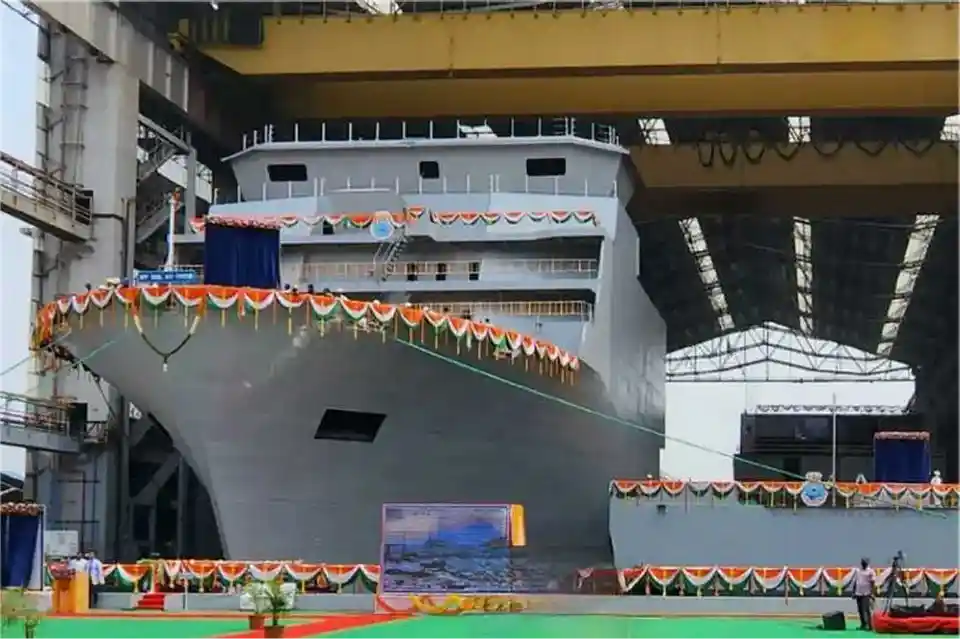The Indian Navy will commission its first fully indigenous Diving Support Vessel (DSV), Nistar, on July 18 at the Naval Dockyard in Visakhapatnam. The vessel has been designed and built by the state-owned Hindustan Shipyard Limited, marking a significant milestone in India’s self-reliance in naval capabilities.
Role and Strategic Importance
Nistar is equipped for deep-sea diving and will act as the Mother Ship for the Deep Submergence Rescue Vessel (DSRV). This enables it to carry out emergency rescue and evacuation of submarine crew members in distress situations. The ship joins the Eastern Naval Command and will enhance India’s underwater rescue and salvage capabilities, which are currently available to only a few navies worldwide.
Technological Features
The vessel features advanced deep-sea diving systems and is fitted with both Air and Saturation Diving equipment. It supports operations up to a depth of 300 meters, and its side diving stage allows additional diving up to 75 meters. Remotely Operated Vehicles (ROVs), Side Scan SONAR, and diver monitoring systems help conduct salvage operations up to 1000 meters underwater.

Vessel Specifications
Nistar measures around 118 to 120 meters in length and has a displacement of over 10,000 tonnes. Built according to Indian Register of Shipping (IRS) classification rules, the vessel includes a Dynamic Positioning System for maintaining precise location during underwater operations. It can operate continuously at sea for over 60 days, carry out helicopter-based missions, and features a 15-ton subsea crane for heavy lifting operations.
Historical Context and Naming
This modern DSV shares its name with a previous Indian Navy submarine rescue vessel, also called Nistar, acquired from the USSR in 1969 and commissioned in 1971. The name ‘Nistar’ is derived from Sanskrit, meaning rescue, liberation, or salvation—reflecting the vessel’s core mission.
